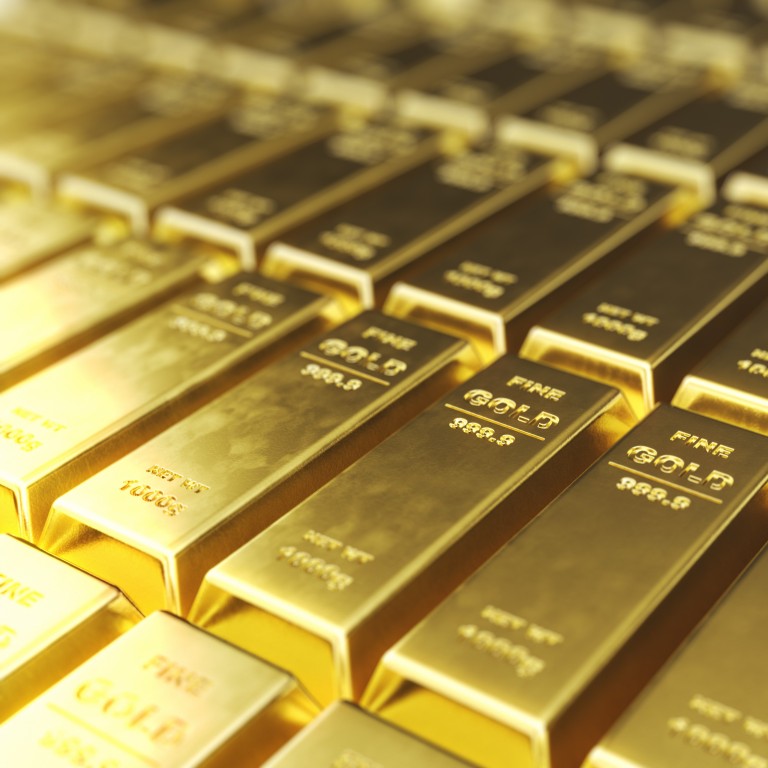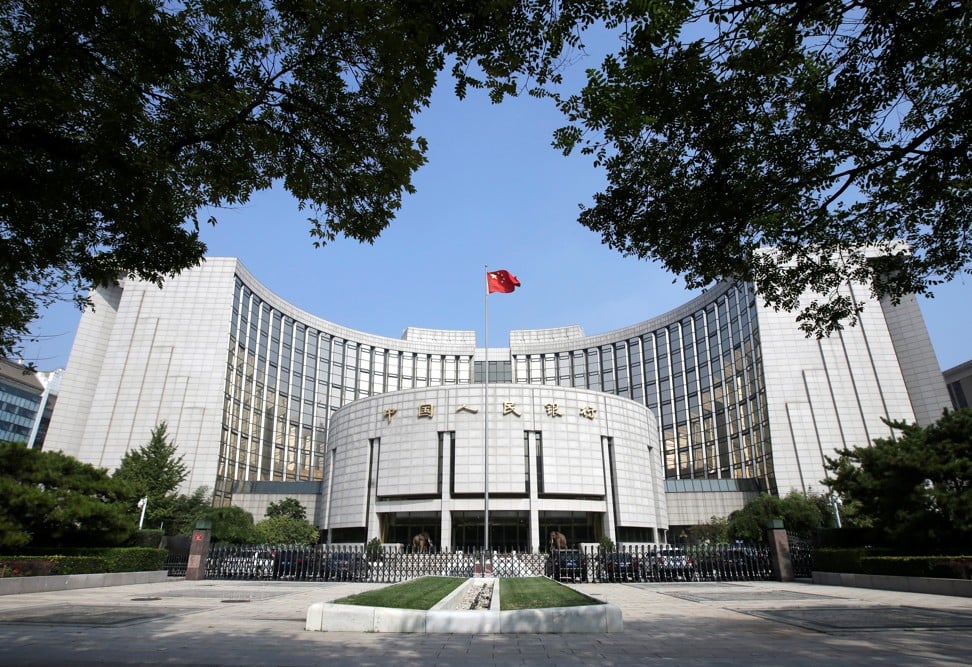
How gold has become a hedge against a ‘weaponised’ US dollar for countries like China, Russia and others
- Amid an escalating trade war, both Beijing and Moscow have diversified away from US dollar holdings to reduce Washington’s economic leverage and minimise future exposure to tariffs and sanctions. For them, and others, gold remains a safe haven
Since the 2008 global financial crisis, central banks worldwide have returned to buying bullion – physical gold. Central banks around the world bought a total of 651.5 tonnes of gold in 2018 – the largest amount by volume since 1967.

And the first half of 2019 saw a flurry of activity as central bank gold purchases rocketed to record levels. Ecuador added to its reserves for the first time since 2014. Turkey and Kazakhstan continued to build their reserves, alongside sizeable purchases by Qatar and Colombia.
Surprisingly, one of the biggest purchasers of gold in the first half of 2019 was Poland, which added 100 tonnes to its gold reserves, and now has 228.6 tonnes, citing the country’s “financial security” as the reason behind such large purchases.
Russia and China have continued to aggressively buy gold, with Russia remaining the largest buyer in the world, having reduced its US Treasury holdings.
Why China’s move to boost its gold reserves is shrewd
Russia’s forex and gold reserves stood at US$530 billion as of June 29, according to the Central Bank of Russia. Reserves are now at a level not seen since the US placed a blizzard of sanctions on Russia in 2014 following its annexation of the Crimean Peninsula.
These trends have repeated themselves in the second quarter of 2019. In June, the People’s Bank of China and the Central Bank of the Russian Federation added nearly 10.3 and 18.6 tonnes to their stockpiles respectively. For the PBOC, this marked the eighth consecutive month of gold additions.
In July, the World Gold Council surveyed central bankers worldwide to ascertain their justifications for the increase in gold purchases.
They found that emerging market and developing economy central banks ascribed their purchases to a range of factors, among them higher economic risks associated with reserve currencies, gold as a long-term store of value, no default or political risk associated with gold, and gold purchases as part of a de-dollarisation strategy.
Despite his boasts, Trump is far from winning trade war
But global expectations of fiscal upheavals have crystallised further in the context of the escalating US-China trade war.
As a consequence of these expectations, both China and Russia have been diversifying away from US dollar holdings to reduce American economic leverage and minimise future exposure to tariffs and sanctions. Gold remains the perennial safe haven asset from the macroeconomic level down to retail investments.
Under Donald Trump’s administration, the US dollar has been increasingly thought of as “weaponised”. Some, particularly in China, now view exposure to it, such as holding US debt, as risking a future attack in which the dollar is used as a fiscal bludgeon. Because of this, China has been gradually paring down its US debt holdings. Recently, Japan surpassed China as the top holder of US debt.
Gold provides stable insurance against a weaponised US dollar. By hedging their portfolios with gold, Russia and China – especially China, given current events – can manoeuvre with wider geopolitical freedom.
As the “de-dollarisation” continues, expect more purchases by central banks, especially considering that gold consists of only 2.5 per cent of China’s foreign reserves, but over 75 per cent of US foreign reserves.
Joshua Rotbart is the founder and managing director of Hong Kong-based J. Rotbart & Co., which buys, sells, trades and stores gold for clients, among other precious metals


